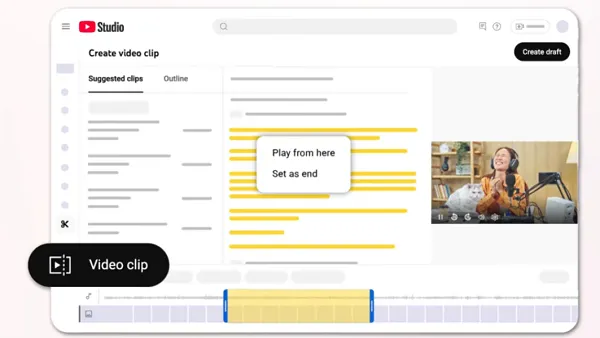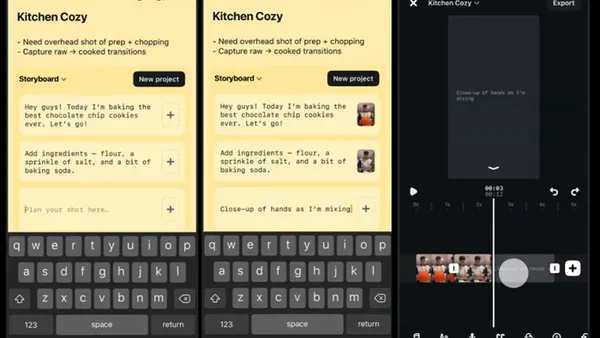Bad twittering style can make or break a brand in 140 characters or less.
Twitter, the third largest social network, has gained a lot of attention as companies are starting to navigate the social media landscape. It is free to sign up, ready to launch and quick to do - all makes Twitter seems like a fantastically convenient way to directly mingle amongst customers.
Or is it?
Before diving in, I advise companies to consider 5 things:
Consideration #1 - Who and where are your customers
Are customers on Twitter? Will they? Should they? General demographical statistics indicate that Twitter is no longer the playground for the very young crowd. According to an Aug 2008 article in Times magazine by Hitwise:
- Males make up 63% of Twitterers, specifically males from California, whose residents account for more than 57% of Twitter's visitors.
- The largest age demographic is 35-to-44-year-olds (25.9% of Twitter users). When the site became popular in early 2007, the majority of its visitors were 18-to-24-year-olds.
- The most common kinds of Twitterers (14.7% of Twitter visitors) are the "Stable Career" - young and ethnically diverse singles living in big-city metros. They tend to work in the arts and entertainment industry, drive small cars and espouse very liberal political views.
- The second largest type of Twitterer (12.3% of Twitter visitors) are the "Young Cosmopolitan who are the 40-somethings. They're likely to drive a hybrid car, earn household incomes over $250,000 per year and also identify with very liberal politics.
Twitter also provides various statistcs including global reach on the Twitter Blog.
While these numbers may provide a general idea of the Twitterville population, it's best to directly find out if the specific target audience is using or open to using Twitter.
What if a company finds out that their customers do not use or intend to use Twitter? With the speed of Web 2.0 adoption, I would not write off Twitter. Many users, including those in the internet industry, were skeptical and confused about Twitter at first. My favourite example is Steve Rubel, a great Twitter user, PR expert and blogger, who in an interview with Twitip said "I wasn't convinced the site was going places. It wasn't until about February or March of 2007 that I began to use Twitter in earnest and began to really enjoy it."
Some think customers don't welcome brands on Twitter. I disagree. If done right, Twitter will ultimately be a win-win for both the company and its customers. As Globe and Mail thinks "...just that they have to approach it in the right way."
Which brings me to the following considerations.
Consideration #2 - Why Twitter and how does it fit into the overall customer strategy and operation
Let's not be fooled by the ease of establishing a company twitter. It really requires a well thought out plan of Why, When, What, How and Who. A few things to map out include:
- How do customers interact with the brand at the moment?
- What methods and channels are used for market research, sales, customer services, etc.?
- What's the overall customer strategy?
- What's the company's operation strategy and how does it support the customer strategy?
- How can the organization structure and resource allocation support a Twitter plan?
When it comes to customer communication, generally speaking there is "push" PR (telling), interactive marketing (a mix of "push", "pull" and viral both online and offline), Customer Service (listening, helping, resolving) and Market Research (soliciting information). A company can easily mix and match various communication objectives on Twitter as long as they remember this: Conversation is the essence of Twitter and good conversation is all about Giving, Taking and Sharing.
Consideration #3 - Who will be responsible for tweeting
Twitter is often described as one big cocktail party; one needs to be there to be part of the crowd. That means time, dedication and, to a company, resources. Some companies use a single official twitter, others may have multiple employees acting as ambassadors (Business Week has a twittering gang). I see merits in both approaches. The latter is great if the company has a strong positive employee culture - there is nothing more engaging than authentic communications with a genuinely happy and helpful employee!
Consideration #4 - How to start a Twitter communication
You have one chance to make the first impression and this is it. Some companies seek out (by keywords or hashtags) then follow and message customers e.g. those who posted a product-related question. There's been reports of customers being startled and feeling being stalked. Not a great way to start a relationship. But then again, who does not want a fairy godmother to appear to answer urgent questions? The trick is in how a company starts the conversation. If you are in a cocktail party asking your friend about a movie, suddenly a stranger barges in ...that is odd. But a stranger who says "Hi, my name is John, I happened to hear that you are interested in that movie. I saw it...". A little self introduction and warming up works magic, real world or virtual.
Some companies let customers find them and initiate the conversation. Putting customers in total control is always a good thing - but in this case, only if they are aware of the company's twitter presence.
My recommendation is to position Twitter up front as part of "Contact Us" or "Customer Support". On the company website and other communication pieces, inform customers that they can contact the company by phone, fax, email, and Twitter (or other social network for that matter). Provide education - it is the company's responsibility to support and guide customers how to use Twitter for, say, quick Q and A.
Consideration #5 - How to adopt the right Twitter conversation style
Twitter is a big departure from the well-honed marketing communication practice. There is no room for well-crafted copywriting, IVR-styled scripts or face-to-face body language.
It's not easy for a corporation to strike the right tone on Twitter (Business Week)
While there is no best style per se, there are 4 things that defines a suitable twitter style:
- Authenticity
- Helpfulness
- Timeliness
- Politeness
Last but not least, remember that good conversation is about Giving, Taking and Sharing (I sound like a broken record here, but it is important!). Twitterville is not the place for one-way PA announcements, simple as that.
Further reading
Here are 2 great starters if you are interested in this subject:
- Paul Dunay, Global Director Integrated Marketing at BearingPoint, has done a great job in listing all brands that tweet.
- Jeremiah Owyang provides excellent insights as always on Web Strategy: The Evolution of Brands on Twitter
I will spend some time in the coming months to track and report on some
good, bad and ugly examples of company twittering.
Please give me a shout if you want to join me. I am sure there are lots of
great case studies out there!











